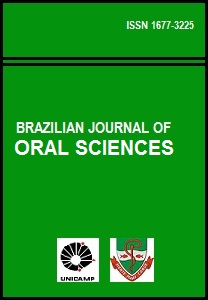Abstract
Aim: The objectives of this study were to evaluate the fluoride content of bottled water commercialized in two cities of northeastern Brazil and to compare the fluoride values measured in the water to the ones printed on the bottle label, considering risks (dental fluorosis) and benefits (caries control) of systemic fluoride exposure. Methods: Fifty-six water samples were collected from 20 brands available in several supermarkets with high turnover in different regions of the municipalities of São Luís (State of Maranhão) and João Pessoa (State of Paraíba) in 2009. Fluoride concentrations were determined by triplicate analysis using an ion-specific electrode. Results: The measured mean fluoride content varied from 0.001 to 0.270 ppmF with a mean (±SD) of 0.037 (±0.041) for the 56 samples. The majority of samples were found to contain less than 0.043 ppmF (92%). Conclusion: These results emphasize the importance of controlling the fluoride levels in bottled water enforced by the Brazilian Sanitary Surveillance Agency. Concerning the risks and benefits, fluoride concentrations in the evaluated bottled water samples were below the suggested concentration (0.7 mg F/l), having neither preventive effect nor the potential for causing dental fluorosis.The Brazilian Journal of Oral Sciences uses the Creative Commons license (CC), thus preserving the integrity of the articles in an open access environment.
Downloads
Download data is not yet available.

